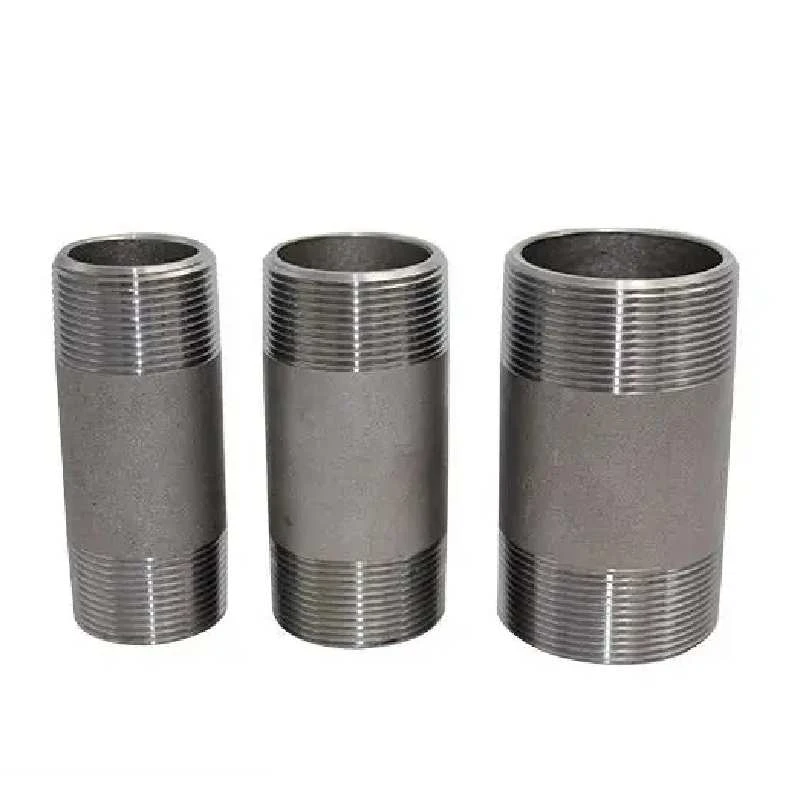-
Cangzhou Yulong Steel Co., Ltd.
-
Phone:
+86 13303177267 -
Email:
admin@ylsteelfittings.com
- English
- Arabic
- Italian
- Spanish
- Portuguese
- German
- kazakh
- Persian
- Greek
- French
- Russian
- Polish
- Thai
- Indonesian
- Vietnamese
- Zulu
- Korean
- Uzbek
- Hindi
- Serbian
- Malay
- Ukrainian
- Gujarati
- Haitian Creole
- hausa
- hawaiian
- Hebrew
- Miao
- Hungarian
- Icelandic
- igbo
- irish
- Japanese
- Javanese
- Kannada
- Khmer
- Rwandese
- Afrikaans
- Albanian
- Amharic
- Armenian
- Azerbaijani
- Basque
- Belarusian
- Bengali
- Bosnian
- Bulgarian
- Catalan
- Cebuano
- China
- China (Taiwan)
- Corsican
- Croatian
- Czech
- Danish
- Esperanto
- Estonian
- Finnish
- Frisian
- Galician
- Georgian
- Kurdish
- Kyrgyz
- Lao
- Latin
- Latvian
- Lithuanian
- Luxembourgish
- Macedonian
- Malgashi
- Malayalam
- Maltese
- Maori
- Marathi
- Mongolian
- Myanmar
- Nepali
- Norwegian
- Norwegian
- Occitan
- Pashto
- Dutch
- Punjabi
- Romanian
- Samoan
- Scottish Gaelic
- Sesotho
- Shona
- Sindhi
- Sinhala
- Slovak
- Slovenian
- Somali
- Sundanese
- Swahili
- Swedish
- Tagalog
- Tajik
- Tamil
- Tatar
- Telugu
- Turkish
- Turkmen
- Urdu
- Uighur
- Welsh
- Bantu
- Yiddish
- Yoruba

Nov . 14, 2024 14:43 Back to list
ansi class 150 flange
Understanding ANSI Class 150 Flanges Specifications and Applications
Flanges are crucial components in piping systems that facilitate the connection of pipes, valves, pumps, and other equipment. Among the various types of flanges available in the market, the ANSI Class 150 flange is one of the most widely used due to its versatility and compatibility with different applications.
Understanding ANSI Class 150 Flanges Specifications and Applications
The ANSI Class 150 flanges are typically made from materials such as carbon steel, stainless steel, and alloy steel. Their construction materials largely influence their strength, durability, and resistance to corrosion. Carbon steel flanges are commonly used in standard applications, while stainless steel variants are preferred in environments that involve corrosive substances.
ansi class 150 flange

One of the defining features of ANSI Class 150 flanges is their face type. They come in several styles, including raised face (RF), flat face (FF), and ring-type joint (RTJ), each serving specific purposes. The raised face is the most common and provides a better seal by creating a contact surface that increases bolt load when compressed. In contrast, flat face flanges are utilized in applications where the sealing surface must be flush with the pipe. Ring-type joint flanges, designed for high-pressure applications, provide a metal-to-metal seal that can handle extreme conditions.
Installation of ANSI Class 150 flanges involves careful consideration of bolting configurations and torque requirements to ensure a proper seal. Bolt materials and sizes are equally important, as they must withstand the pressure and temperature conditions of the piping system. Using gaskets made from compatible materials further enhances the seal and minimizes the risk of leakage.
These flanges find broad applications across various industries, including oil and gas, chemical processing, water treatment, and HVAC systems, among others. Their ability to handle moderate pressure make them ideal for transporting fluids and gases in both low and medium-pressure applications.
In summary, ANSI Class 150 flanges play a vital role in ensuring the efficiency and safety of piping systems. Their standardized dimensions and pressure ratings simplify the design and implementation of various industrial applications. Understanding the specific requirements, such as material selection, flange type, and installation practices, is essential for maintaining the integrity of a piping system. As industries continue to evolve, familiarity with these components will remain crucial for engineers and technicians involved in the design and maintenance of fluid transportation systems.
Latest news
-
ANSI 150P SS304 SO FLANGE
NewsFeb.14,2025
-
ASTM A333GR6 STEEL PIPE
NewsJan.20,2025
-
ANSI B16.5 WELDING NECK FLANGE
NewsJan.15,2026
-
ANSI B16.5 SLIP-ON FLANGE
NewsApr.19,2024
-
SABS 1123 FLANGE
NewsJan.15,2025
-
DIN86044 PLATE FLANGE
NewsApr.19,2024
-
DIN2527 BLIND FLANGE
NewsApr.12,2024
-
JIS B2311 Butt-Welding Fittings LR/SR 45°/90° /180°Seamless/Weld
NewsApr.23,2024











